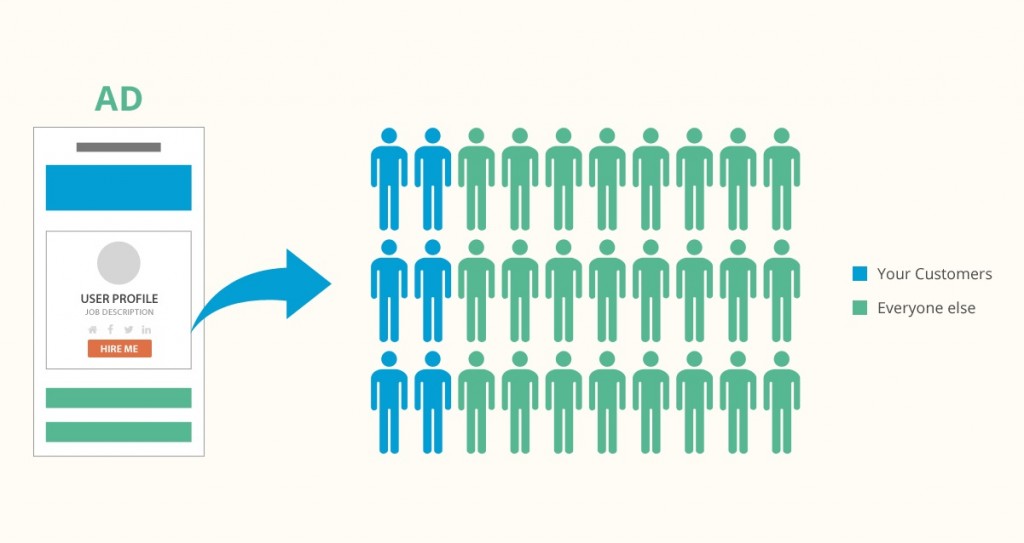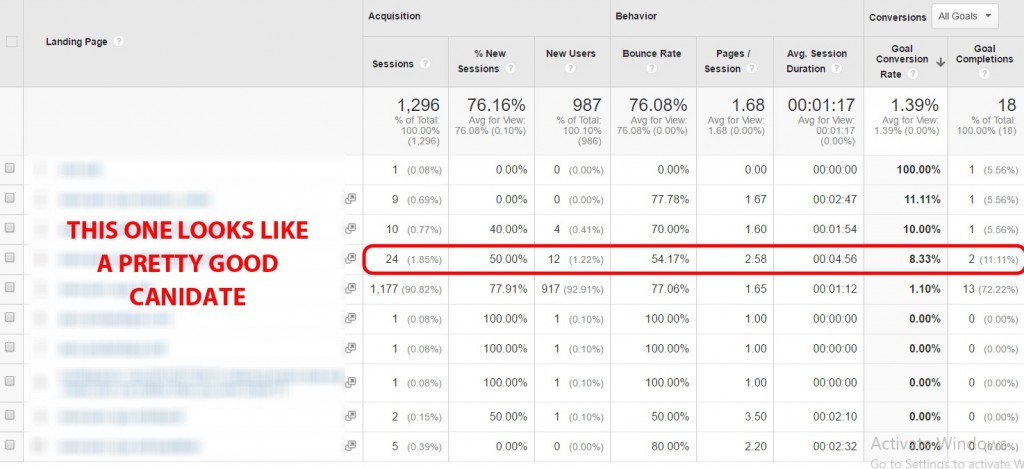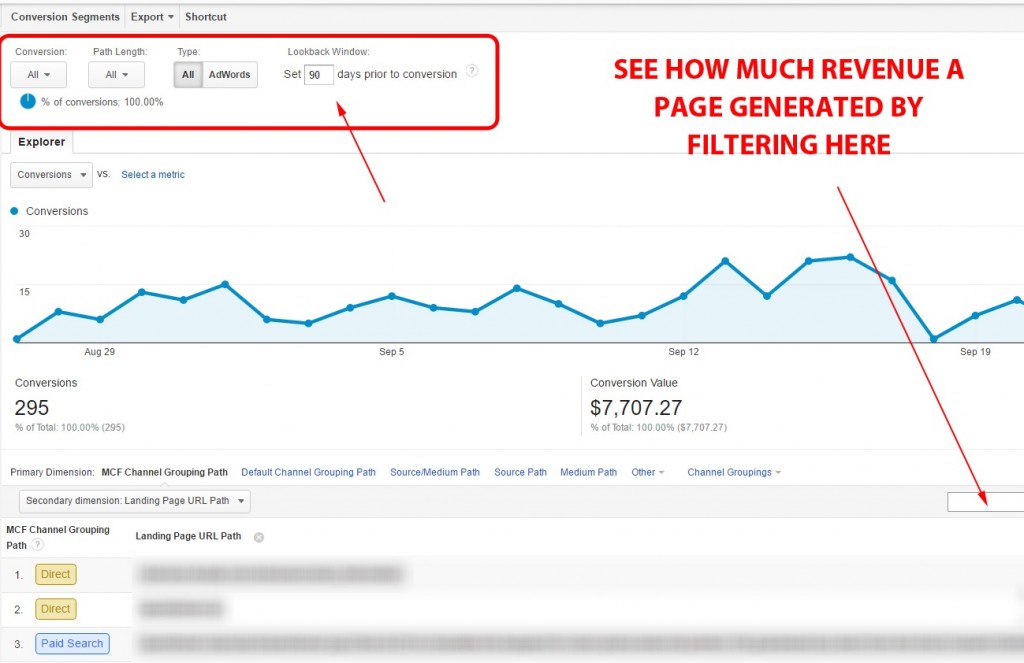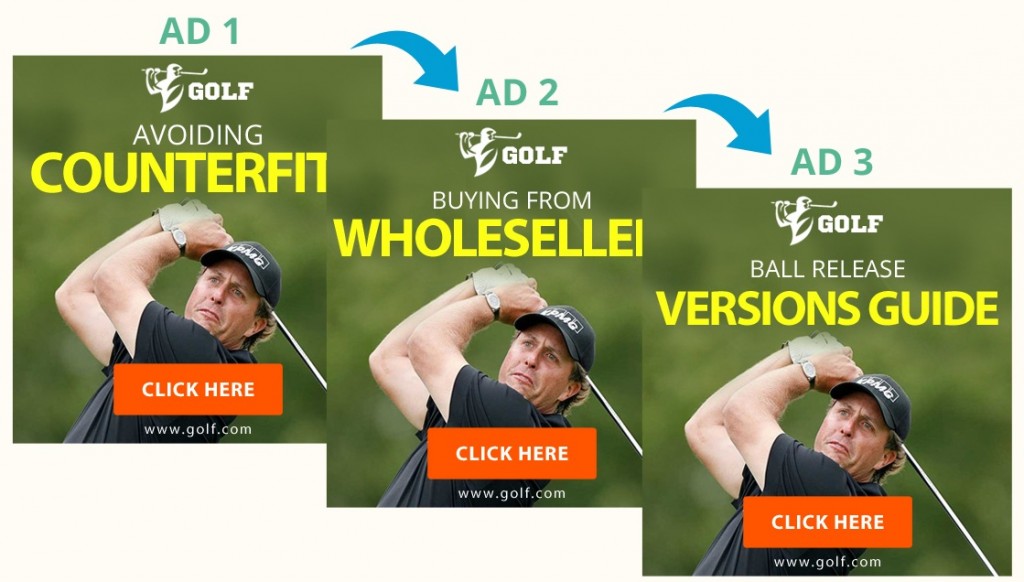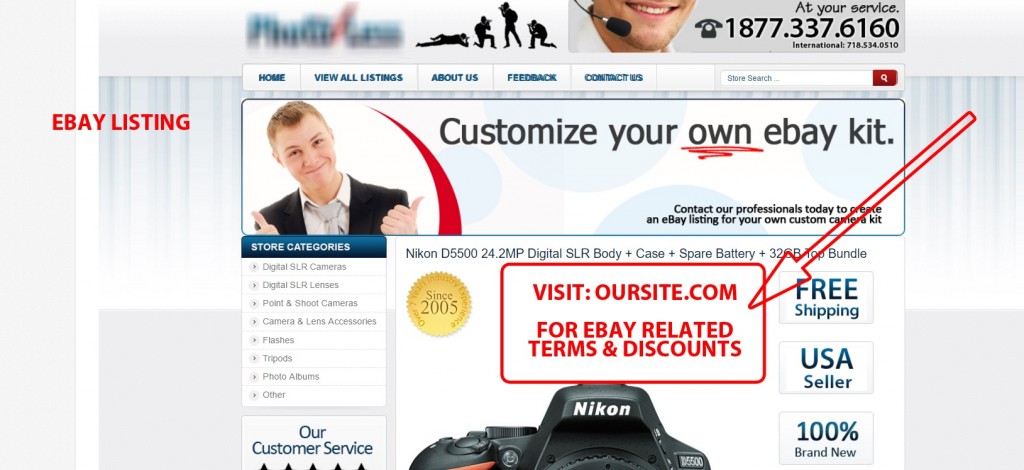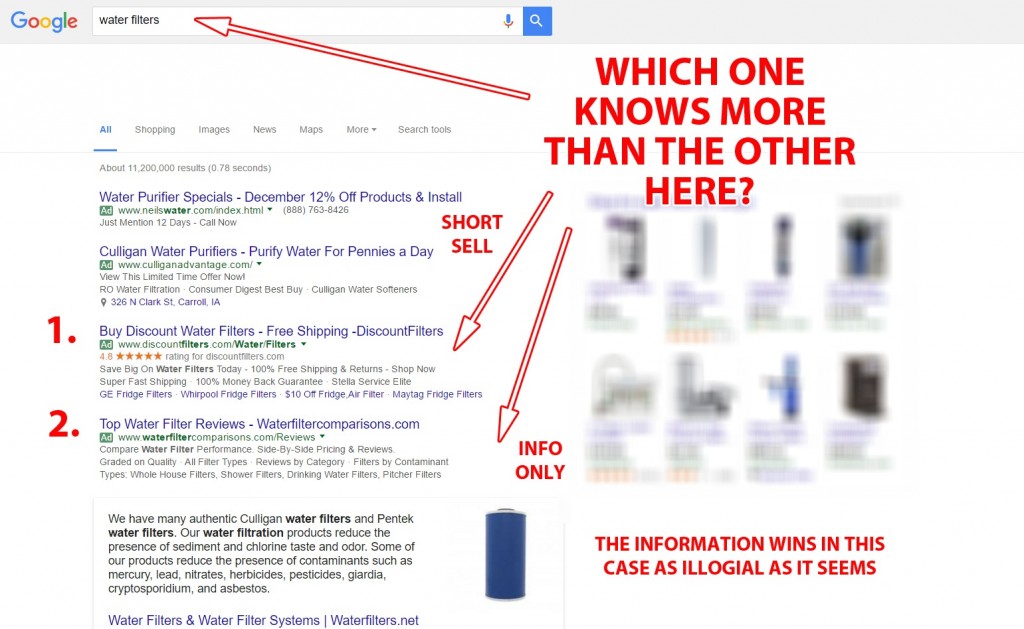If you have regularly been publishing content, then I do not have to tell you how much this content can make your business.
From Hubspot: (Guest Author)
(862 hours of content marketing generates at least three leads per hour and over 100 visits.)
You’re here because you want to scale that success and greatly increase your sales without an equal or matching amount of effort, as there are only so many hours in the day to promote and create new content!
Not only are paid ads a great way to do this without necessarily having to add a parasitic cost to your business, it’s also not at all hard to do if you just have the basic system to follow, which I clearly lay out for you in this article.
Penny Hoarder did it using the same kind of system to grow their publication from nothing to over 10 million in annual revenue in just five years’ time, simply by reinvesting half of their revenue made from their PPC campaign back into the campaign over a multiyear period.
Owner of Penny Hoarder
Most of the Ads They Used (Native)
If you are ready to do something similar for your business, then just keep reading.
All the stuff you need to do is listed right here, as well as all the stuff you want to avoid,
so you can get the same kind of results they did — without all the same mistakes!
So let’s get started …
The Basics of Your New Campaign
In order to best increase our sales from our content using ads, we will solely focus on marketing content that has shown in the past to appeal to future buyers of what we sell, to get as many of those future buyers to come to our site as possible, since the ones who do will be, according to our past knowledge, on average 800 percent more likely to do business with us vs. the ones who never end up reading our content at all.
Assuming we have the “right” content figured out to attract future buyers, all we have left to figure out is where exactly that content needs to be placed to be seen by and attract our future buyers and raise our sales. It’s the most difficult part.
While it’s definitely not hard to get our prized content in front of our future buyers, as we can use mostly any high-traffic site on the web to do this, the hard part is effectively preventing the people who should not see it as much as possible in order to generate a net positive campaign ROI, as every ad impression you now get has a direct cost tied to it.
With enough of your customers in one spot, our ad is like “shooting fish in a barrel.”
To find all the places to advertise online that have enough buyer concentration to be profitable to you, you will test a few placements to see what works, and by looking at our leading indicator CTR,
you can quickly determine which placements you will want to keep.
It will take at least 100,000 test ad impressions to initially be able to look at these leading indicators to make your decisions on what placements you will want to continue working with.
While the average banner ad is generating around a .4 percent CTR, you will always be looking for at least double that to find sufficient audience saturation.
For every factor you can increase CTR, you will also reduce the cost paid per customer or client, as it’s still pay per impression (not per click) despite the name “pay per click,” effectively giving you a break from both ends when you can achieve the CTR you need to make money promoting your content.
When it’s all said and done, you can also check your campaign ROI on the back end to see just how much money you made, and once you do, really dial up your campaign.
Examples of great places to test advertising our content would be any page that answers our “in-market” buyers’ questions or a place where a future buyer of a complimentary purchase would be, such as:
Industry Forums
Hobbyist Tests (I would do a direct deal here)
Additional Considerations
Media Kit
If we can also get our hands on a media kit for the sites we want to advertise on before we actually do so, we can usually also cut down on the amount of time and money spent finding placements that will work for promoting our content.
High relevancy = Automatic High CTR
Find Media Kit
Examine Sites Demographics
And With The Right Fit, You Target That Site Specifically
Single-Page Targeting
Keep in mind that if you only want to target a specific page within a site, you can most certainly do that just by adding more or secondary targeting options within your ad account to reach your goal of CTR more efficiently:
To Avoid Targeting The Whole Domain (and only target a single page of the domain)
Use A Dual Target With Additional Keyword Layering
Ad Creative Considerations
Ad offer and styling can also play a significant role in determining the effectiveness of any ad campaign in achieving a high CTR (a bad ad will never work, no matter what placement you try), so you will always want to get that part of the equation out of the way first by testing four or five different ad types from the start and simply copying the winning ad for the rest of anything else you want to run after that point.
Here are a few basic examples of ad angles I usually test; your mileage will vary by niche:
Content Reviewed by a Recognized Authority
Content That Spells Out the End Benefit of Reading It
Visually Striking, Focuses on Catching the Eye on Scroll and Lets the Topic Title Do the Selling
Bonus tip: If you do find a placement that works and it is determined to deliver a significant chunk of your revenue, you should isolate that ad placement on its own and use an offsetting background color to further increase your CTR rates and maximize its usefulness to your business.
How Offset Background Colors Can Affect Your Click Through Rates
Information on Finding Your Best Content
Disclaimer: Most of what people find as good content for their buyers is not good at all. Think of what your future customers or clients actually want to see and put that out there, something that is also not already done or not nearly as good as it should be.
And by all means, if you already have a lot of content out there, it’s often most practical to just audit what you have now and use that by looking at your Google Analytics landing pages report:
You can also go ahead and take a look at your attribution reports while you are there if you can, and see which content actually resulted in future purchases so you know where to start out with bidding:
With this information now in hand, you will have a great headstart on your campaign, only having to find the right placements for that content and really hit the ground running …
Target CPC = Revenue Generated / Clicks
Building New & Exclusive Paid Campaign Content
If you really do need to come up with new content for this campaign, then an industry buyers guide is probably your best option for generating as high of return you can think of doing this kind of stuff.
The Content You Give Away
This type of content when executed correctly WILL include references to third-party sources to compare your brand to the other said solutions in your niche, with the explicit goal of clearly identifying your value proposition in your marketplace.
Done right, your prospects will not consider going anywhere or with anyone else after reading your guide because:
1. You will not have to fight the tide on what the other competitors first told them about what to value in your market
2. Based upon the amount of time they already invested in your content guide and having kept their interest for so long, they will not be seeking out similar content with someone else later.
If you did your job right with putting together the right kind of content for your audience, most of your readers should now also be willing to learn anything else you have to say about the subject matter that goes even further in depth, which is exactly what you need to do to close the sale.
Once opted in, we continue the conversation in the third person, like someone who has gone through the same types of trials and tribulations as they did to make the same kind of buying decision.
This sales copy strategy, broken up into seven or more parts, is bar none the most effective way to gain a person’s trust enough to gain their next purchase.
By using email to follow up, here are some numbers you can use as a baseline to achieve with your campaign overall:
With this base level of results in, you can move on to more advanced campaign strategies to make this work for you even better …
Using Paid Ads to Increase the Number of Touches on Follow-up
Once you have gotten your email strategy figured out, you can further expand your sales numbers by aggressively pushing people back into your sales funnel who otherwise forgot about what content you had initially provided them or did not otherwise see your email.
Any prospect who clicks on two or more pieces of content will indicate to us that that user is of much higher value and should be treated as such with our campaign bidding strategy.
Each time someone clicks an ad, they are put onto a new remarketing list, and that list is valued at around 10 percent more than the next, as statistically, I have found them usually 10 percent more likely to convert on each action they take.
Toward the end of my sequence (usually anywhere past either seven email reads or ad clicks), I will try to close the deal with a small discount offer to stimulate action right then. This is highly effective, with 5 percent shown consistently to work, and is enough to drive ridiculously high click through when shown to someone who is on the fence (which if you did it right, they are).
Without this paid content follow-up, you will be leaving just too much money, as much as two to three times as many sales, as not running any complimentary ads at all:
How Long Does It Take for My Paid Content Campaign ROI to Show Up?
Some prospects will indeed buy from you as soon as they read your initial bait content, but far more (try > 90 percent more) will buy from you at a much later point, exceeding up to three years after the initial ad click, with most being within five to seven (also confirmed by primary intelligence) months when an earlier approach is taken as suggested by using content-based PPC ads.
Advanced Ad Targeting Strategy
The main thing that will affect your profitability with these campaigns as mentioned will hinge on how well you are targeting your prospects so none of the people who do not need to see your ad won’t.
You will have to do a lot of testing to discover the right placements that will work for you, there is no getting around this.
But if you have initially tried everything and still cannot make it work, then you can always do what I do when everything else fails, which is to build your own audience to target reach proper audience saturation needed to make money.

When you find them, you go out and drop a link in each one of these places with the goal to get people to what I call a “scraper page,” which serves to cookie that person and put them on our custom audience list for future targeting with our content ads:
Relevant eCommerce (if you sell a product)
Drop Links on Forums

Cold calls can get people on your list if your “pre” offer is good enough …
And of course, all the same stuff can be done for a direct competitor’s brand mention properties online, GREATLY leveraging what you can do with this tactic.
Once they are on our list, we will keep showing our ads to the same people until they buy from us, as we would normally do until they notice the content we have to offer. It’s that simple.
Segment Your Lists In Facebook
Segment You’re Lists In Adwords
Diagnosing Where You Initially Went Wrong
There are multiple scenarios / factors you can check into on a paid content marketing campaign that can greatly swing your profitability numbers either way.
If you are initially unsatisfied with your results, you can try any one or even all of these adjustments to grossly affect the outcome of your campaign before initially deeming it a failure or getting otherwise discouraged.
Check Engagement — The very first thing I do when flipping on a new content marketing content campaign if I do not immediately see results is to make sure the content itself was good enough to get most people to read the whole thing.
The tool I use for this is always the same: Scroll Maps from ClickTale
If at least 50 percent are not reading the whole piece, then you should try harder to make that piece better.
Check Conversion Rates — I would recommend before you start any campaign to track opt in and click through to each other as part of your campaign as standard; that way, you can see which is your weakest link right after launching it and fix that first.
Compare the content you are currently promoting with the rest of your content stock in inventory — Is the content you are promoting the best content you could possibly be marketing at the current time? Things may have changed recently.
Personally, I never stop split testing any of the campaigns I run until I fail at beating my control group at least three times in a row. If you want excellent results, you should employ such similar strict standards for refining your campaigns as well.
Test various content layouts (category vs. page level content) — Instead of the post, does the blog itself need promoting to get the point across that you are the authority? This could be the actual focal point of the campaign you are missing out on.
Buyer vs. non-commercial terms — Should you market your content on Google search vs. using a traditional sales page as you are using now? I have seen content on many occasions actually converting better than the sales page my client was using before, as described here.
Check Back End Conversions — Now that you have shown your content as proven for driving sales revenue, could you get more revenue from your sales team by changing the angle of the content itself to appeal to a different, more specific user type?
During the whole campaign optimization process, you should always be thinking about how to better target your “most” ideal client, as that is what will net you the most potential from your campaigns.
Things to determine in order to do this effectively include figuring out: what they’re like, what their specific problems are, and what terms / verbiage they use to describe those problems to better target them.
The content you may be using now may be great at attracting future customers or clients in your market overall but could also very well be horrible at attracting your very best clients or customers.
By time you are done testing all these other variables, you can easily wind up with five to 10 times more opt ins from your available market.
Summary
Good content marketing strategies as laid out in this article will allow you, not your competitors, to own your customers’ thoughts about your market before they get their chance.
Whoever ends up owning the greatest share of your market’s mind today will earn the greatest share of your market tomorrow.
Let paid ads be the tool that allows you to do it.



